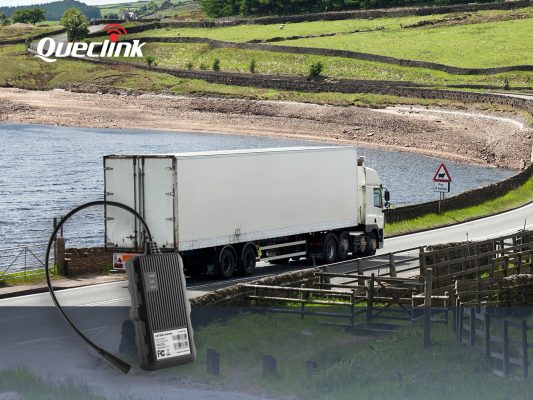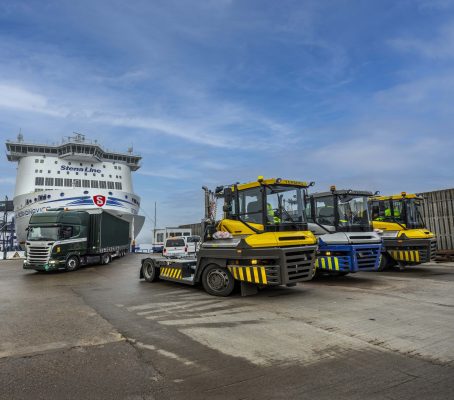Economic uncertainty affects every aspect of transport operations, especially when expanding your fleet. Balancing operational needs with tighter budgets demands smarter decisions, particularly when vehicle acquisition can strain your finances. Finding ways to diversify and optimise your fleet without overspending is essential to maintaining service levels and staying competitive.

Why Taxis Are a Strategic Addition to Mixed Fleets
Taxis offer an adaptable, efficient option to strengthen your fleet without the costs associated with larger vehicles. From saloons to wheelchair-accessible models, taxis are well-suited to serve different needs within your business. Their compliance with transport regulations and lower running costs make them a worthwhile consideration.
If you’re actively researching vehicle options, suppliers offering new and used taxis for sale often list detailed specifications and trade pricing. This allows you to compare models efficiently and select vehicles that best fit your fleet requirements. Taxis can provide stable income through local contracts and passenger services even when other parts of your business slow down. This makes them a smart addition, particularly when facing volatility in HGV operations.
Adding a taxi for sale to your business mix can help stabilise revenue and spread operational risk. If demand dips for long-haul freight, your taxis may still generate reliable returns through urban transport or contract-based services.
Improving Efficiency Through Mixed Fleet Management
Bringing taxis into your fleet can boost operational efficiency in several ways. Many fleet operators have discovered they can use existing maintenance infrastructure to support HGVs and taxis. You will likely see cost reductions from shared workshop resources, standardised tools, and cross-trained staff.
Another benefit is effectively assigning drivers. While taxi vehicles require specific badges and local authority licences, HGV drivers who meet the criteria can be cross-trained to fill taxi shifts during quiet periods. This keeps more of your team at work while avoiding unnecessary downtime.
Spreading labour costs across more hours and keeping your vehicles active helps you use your resources better. A clear reassignment schedule ensures that only fully qualified drivers operate your taxis, keeping you compliant with all regulations.
Introducing taxis can also help reduce average fuel costs. They generally consume less fuel per mile than larger vehicles. Managing alongside supplier contracts offering volume discounts can lead to significant savings across your fleet.
Exploring Smarter Acquisition Strategies
Exploring factory-direct options could make a big difference when considering a taxi car for sale. Buying directly from manufacturers or recognised trade suppliers means you avoid typical dealership mark-ups. You also gain access to trade-only incentives and faster delivery, helping you get vehicles on the road sooner.
Take the time to review the latest offers and request side-by-side price comparisons. Many operators find that a direct purchase, especially with trade discounts, offers better long-term value than leasing, even if it involves a higher upfront investment.
Leasing conditions have tightened, with higher rates and stricter terms now common. If you’re considering this route, request full breakdowns from different providers and consider the total cost over the term, not just the monthly figure.
You might also look at certified pre-owned vehicles. Reputable pre-owned schemes provide reliable taxis for sale that have been thoroughly inspected and meet all compliance standards. Check the service history and ensure all paperwork is current with local regulations.
Low-Emission Taxis and Future-Proofing Your Fleet
Planning is vital, especially with emissions regulations evolving rapidly. Electric and hybrid taxis are increasingly favoured in urban areas due to clean air legislation and the shift from petrol to diesel.
Although electric taxis require a higher initial spend, you can benefit from reduced fuel and maintenance costs over time. Hybrid models offer a balance, working well in cities without needing dedicated charging infrastructure. If you’re operating in or near low-emission zones, these vehicles can help you avoid fines and access more contracts.
Adding low-emission taxis supports your long-term strategy and positions your business as a forward-thinking operation. As legislation tightens, having these vehicles in service gives you an edge.
Meeting Compliance Requirements With Confidence
Running a mixed fleet introduces extra regulatory demands. Taxis have different compliance requirements from HGVs, and you must manage both standards. This includes driver background checks, local licensing, vehicle inspections, and records specific to taxi operations.
While this might seem like added complexity, digital record-keeping systems can streamline the process. With the right tools, you can manage everything from meter calibrations to daily checks in one place, helping you stay compliant without creating extra admin work.
Your insurance strategy will also need to adapt. Taxi operations usually require higher public liability cover, but many providers offer packages that can cover all your vehicles under a single policy. It’s worth negotiating for a deal that reflects your exact needs.
Strengthening Your Fleet Strategy
Adapting your fleet during uncertain times involves making efficient, future-focused decisions. Adding taxis brings flexibility, reduces operating costs, and helps you manage shifting demand. Whether you opt for new purchases, factory-direct deals, or pre-owned options, there’s more than one way to keep your operations running smoothly.
You don’t need to commit to one vehicle type or financing model. Mixing your approach and thinking strategically about how each vehicle supports your goals, you can build a fleet that works harder for you and your team.



